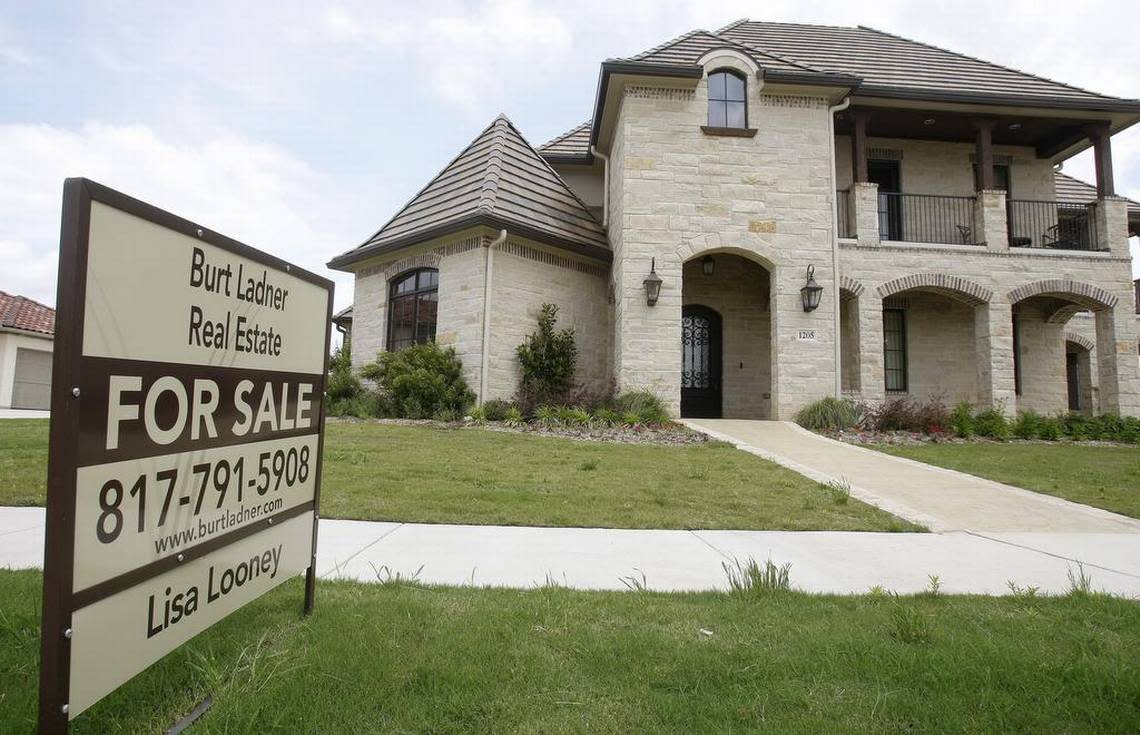If Arlington wants to keep talented residents, it needs better, cheaper housing options
As a UT Arlington undergraduate student, I’ve been looking for a good place to live after graduation. But when I check the price of housing, it seems incredibly unaffordable for someone like me. To purchase the median priced home in Arlington which costs $428,000, a family must be making $97,400.
I’m a grassroots advocate for walkability and have worked with many city leaders. All of them have told me to live here so that I can not only be successful but also improve our city and region. But let’s face it: We have a housing crisis in Arlington and the entire Dallas-Fort Worth area. If affordability prevents me from staying, my potential to help the community is on the line.
I am lucky to have no debt, but many of my friends do. With student debt skyrocketing, inflation reaching highs not seen in decades and housing costs growing, our generation is looking into a pessimistic financial future if our leaders don’t address housing affordability. The fastest way to do so is to build more housing.
Housing needs evolve as people grow. After graduation, people like me require a simple living arrangement to keep costs low and find a job. After finding a stable job and getting married, maybe it’s time for a small townhouse to accommodate guests.
When we have a family, perhaps it’s time for a larger house with a lawn for kids to play. And when the kids graduate and go to college, we retire and require only a small, low-maintenance house to accommodate our needs.
To build a city for everyone, we have to build a diverse stock of housing. According to the data analysis done by the city of Arlington, the housing units that best address future needs and are in highest demand are between 1,250 and 1,500 square feet, a perfect fit for “seniors as well as younger demographics.”

One of the best and proven successful ways to address this issue is to revise our city code to allow accessory dwelling units, or ADU. The American Planning Association defines an ADU as “a smaller, independent residential dwelling unit located on the same lot as a stand-alone (i.e., detached) single-family home.” Such units offer “lower cost housing that suit a variety of needs and also fit within the character of a neighborhood,” according to AARP, the retirement group.
Another major obstacle to building more housing are high development fees. According to a recent report, housing development fees can have a significant impact on a first-time homebuyer’s ability to afford a home. The fees include charges for building permits, comprehensive planning, parkland dedication and more. And they add up: In Fort Worth, the fees total between $12,000 and $15,000 per home.
By creating a more diverse housing stock through ADUs and smaller starter homes such as townhomes and reassessing housing development fees to lower them, we can ensure Texans like me can afford to live in and improve the communities where we work and play.
North Texas is a wonderful place to live, and we should open our arms with our Southern hospitality to allow young talents to stay. It’s a crucial moment to ensure that the 1.5 million current Texas college students have a nice place to call their own when they graduate.
If we don’t, housing prices all over Texas will skyrocket like California, and even educated people will struggle to ever afford a house. Make it easier to build more houses, so we can be your neighbors.
Tony Pham is an architecture major at the University of Texas at Arlington and community coordinator for Walkable Arlington, which advocates for pedestrian-friendly policies.

